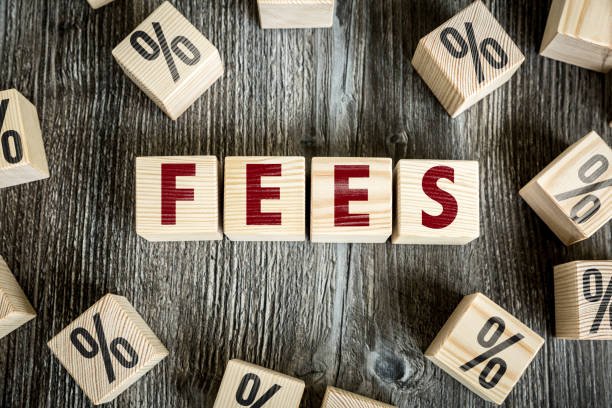On the Bitcoin network, a modest processing fee is added to each transaction as payment to the miners. Higher fees increase the likelihood that a transaction will be included in the next block because miners prioritize transactions with higher fees.
Similar to a bidding system, bitcoin transaction fees function in a way that encourages miners to include a transaction when there is a high demand for it.
The terms "block reward" and "block subsidy" have occasionally been used interchangeably because transaction fees typically represent a very small portion of the total block reward. However, it's increasingly important to distinguish between them as transaction costs on the Bitcoin network rise over time.
We'll apply the aforementioned definitions throughout this text. Therefore, the following formula may be used to represent block reward:
Block subsidy plus transaction costs equals block reward.
Typically stated as a percentage, the fee-to-reward ratio is created by dividing the transaction costs by the block reward using the method below:
Transaction costs / Block Reward X 100% equals the fee-to-reward ratio.
It can also be stated as follows:
Block reward / transaction fees equals the fee-to-reward ratio.
The fee-to-reward ratio has stayed in the low single digits for the majority of the Bitcoin network's existence. In general, transaction fees haven't made much of an impact on miners' overall earnings.
However, a number of factors, such as supply and demand, influence transaction fees. There is more rivalry among users to bid larger transaction fees to get their transactions included in the upcoming block as the demand for Bitcoin's block space rises.
For instance, transaction fees drastically increased between 2017 and 2020, most likely as a result of growing mainstream usage, the volatility of the bitcoin price, and network congestion.
Early in 2023, BRC-20 token-related activity drove Bitcoin's fee-to-reward ratio to new record highs. The fee-to-reward ratio was above 50%, which was unusual because it meant that transaction costs within a block were greater than the block subsidy. But a fee-to-reward ratio this high might not be maintainable.

This is a great post about bitcoin.
Downvoting a post can decrease pending rewards and make it less visible. Common reasons:
Submit